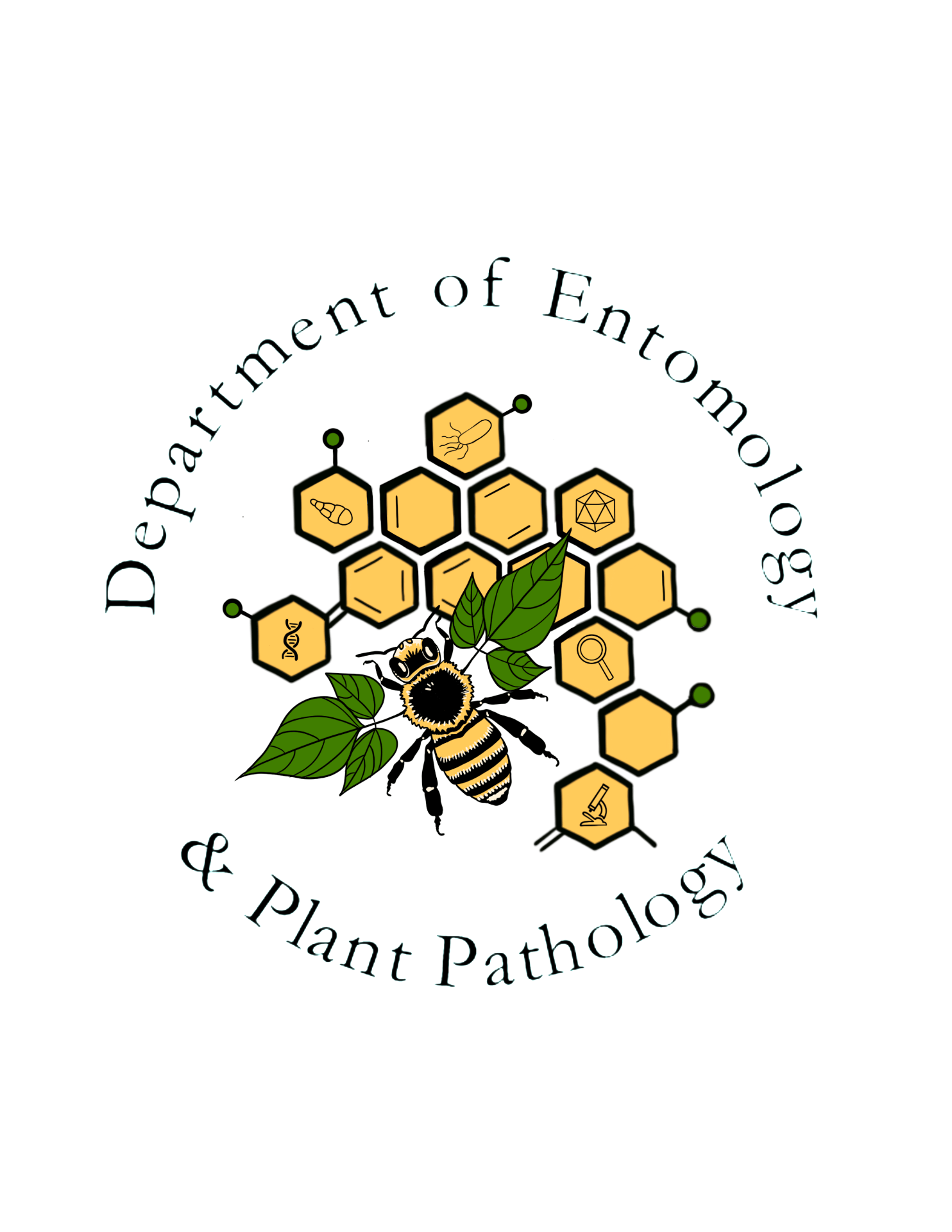Hentz’s orbweaver
Order: Araneae
Family: Araneidae
Genus and species: Neoscona crucifera (Lucas)




In late summer and early autumn, after the severe heat of summer and before the leaves of trees begin to turn color, Hentz’s orbweaver spiders become conspicuous elements of the Ozark landscape. Females make large webs, often with more than 20 radii or spokes, in relatively open, shaded areas, such as open woods, among garden shrubs and trees, and under overhanging roofs of houses in wooded areas.
The longitudinal groove on the carapace separates all species of Neoscona from Araneus. Females of N. crucifera are about 3/8 to 3/4” long. The upper surface of the subtriangular abdomen is light grayish brown and haired. The pattern of darker color consists of irregular and indistinct transverse triangles. The femora are orange-brown, and the tibiae are dark brown with white annulations. The undersurface of the abdomen is black centrally, with a white bracket on either side of the black patch and a pair of yellow bands at its base. Males are somewhat smaller than females but similar in color. Arkansas’ only other known species in the genus, N. arabesca (Walckenaer), is much smaller, rarely over 3/8” long, and its abdomen is suboval with distinct dorsal posterior black marks at an angle.
Neoscona crucifera, previously known as N. hentzii (Keyserling), occurs throughout the eastern United States from Massachusetts, far southern Ontario, and Minnesota to Florida, Texas, and central Mexico. It also occurs in New Mexico, Arizona, and California (Berman and Levi 1971). It is common in Fayetteville, Arkansas. More recently this species has been reported from the Canary Islands and Porto Santo, Africa. It was probably carried to Africa from America (Levi 1992).
Neoscona species are common and abundant orb weavers, and as with other orb weavers, they frequently replace their webs. The vertical webs are placed in trees and shrubs and on buildings. In contrast to webs of Araneus species, the hub is open, crossed by only one or two threads. A retreat is built near one end of the bridge line (Carico 1986). The spiders are nocturnal, resting in the retreat during daylight. In the evening and at night they can be found at the hub. Neoscona crucifera egg cases are made of fluffy yellow threads in a rolled up leaf (Kaston 1981).
References:
Berman, J. D., and H. W. Levi. 1971. The orb weaver genus Neoscona in North America (Araneae: Araneidae). Bulletin of the Museum of Comparative Zoology 141 (8): 465-500.
Carico, J. E. 1986. Web removal patterns in orb-weaving spiders. Pages 306-318 in W. A. Shear (ed.), Spiders: webs, behavior, and evolution. Stanford University Press, Stanford, California. 492 pages.
Kaston, B. J. 1981. Spiders of Connecticut. State Geological and Natural History Survey of Connecticut, Department of Environmental Protection Bulletin 70: 1020 pages
Levi, H. W. 1992. American Neoscona and corrections to previous revisions of Neotropical orb-wavers (Araneae: Araneidae). Psyche 99: 221-239.
